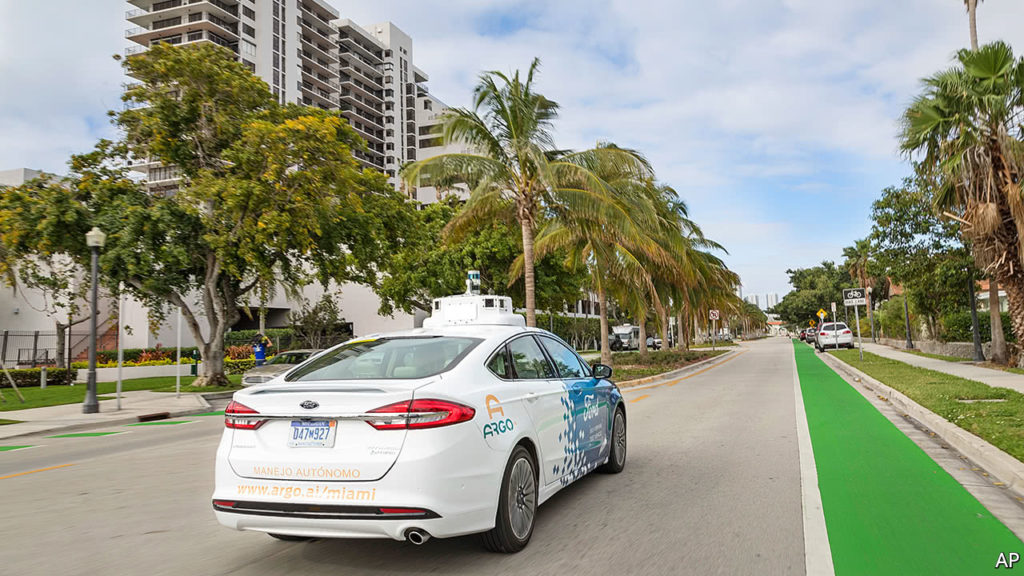
Iran automotive industry statisticsCorona Teknik a Spanish primarily based business, partner and member of Spanish automotive equipment and components makers (SERNAUTO) established to assistance the Iranian automotive sector like spare element industry. About three% of nanotech businesses in Iran focus on the automotive market. Iranian carmakers use nanotechnology to increase buyer satisfaction and security by delivering such comforts as anti-stain dashboards, hydrophobic glass planes and anti-scratch paint. In 2009, researchers at Isfahan University of Technologies created a robust but light nanosteel as resistant to corrosion as stainless steel for use in road cars but also potentially in aircraft, solar panels and other products. Nanotechnology investigation has taken off in Iran since the Nanotechnology Initiative Council was founded in 2002. In 2014, Iran ranked seventh worldwide for the volume of papers related to nanotechnology. The quantity of papers per million inhabitants has consequently risen from 19 in 2009 to 59 in 2013 , overtaking Japan (56 per million) and approaching the USA (69 per million) in the approach.
Iran’s vehicle business has been under expanding stress since the Trump Administration re-imposed sanctions in August 2018. The challenges are economic, demographic, environmental, and medical—a microcosm of alterations in the Islamic Republic given that the 1979 revolution. Iran has gone by means of waves of sanctions over the past four decades that have spilled over into daily life, like access to transportation as the population mushroomed to 82 million.
In the longer term, IHS Automotive sees annual sales in Iran’s light-automobile market place averaging around 1.7 million units as pricing and environmental variables exert downward pressures against the rewards of a young population and the replacement of an ageing parc. We also forecast that production in the country will remain quite dependent on regional demand.
Have International Sanctions Crippled Iran’s Auto Business?iran automotive market share
iran automotive industry 2017International trade credit insurer Coface says international sanctions have been limiting the development of Iran’s automotive industry which was previously the largest vehicle producer in the Middle East. The benefits of establishing a domestic automotive business are considerable. The worldwide automotive industry is estimated to have a total money flow of a lot more than two,790 billion USD with a total production capacity of roughly 90 million and it employs much more than 48 million people (directly and indirectly). Accumulated this would make up for the 7th largest economy of the planet.
Furthermore it has a everyday nominal production capacity of ten million components while drawing input from sixty related industrial fields. With total sales of 12 billion USD it makes up for roughly 19% of the total business, as well as for approximately 2.five% – 3% of Iran’s GDP. The Iranian automobile industry makes up for 1.2% of planet production, and presently holds rank 18 to 20.
14 three. Opportunities The strategic targets set for automotive industry in horizon 2025 a. Light vehicle and auto parts To make at least 3 million units, 2 million for domestic market place and 1 million for export To create at least 50% of light autos with local brands To have at least $25 bn worth of parts and components for domestic automobiles supplied by local producers To have at least $six bn worth of auto parts and elements (production lines and components) exported by neighborhood producers b. Industrial vehicle To generate at least industrial cars, for domestic marketplace and for export c. To increase GDP share of auto sector to at least four% d. To enhance the share of auto market in the total worth added of the industrial sector to at least 20%.
Iran Offers Historic Possibilities For International Automotive Industry iran automotive industry pdf
iran automotive industryFor more rapidly navigation, this Iframe is preloading the Wikiwand web page for Automotive business in Iran. The French Ambassador to Iran announced their determination to continue their cooperation with Iran in the automobile manufacturing sector. He also added that Peugeot and Citroen have produced considerable investments in Iran Khodro and Saipa Group and Renault is now going via the final stages of signing the deal with Industrial Development and Renovation Organization of Iran (IDRO).
Auto imports fell by practically 50 % soon after the revolution and the subsequent nationalization of the automotive market. The theocracy’s new policy was predicated on limiting foreign influence by curbing imports and financial dependence on the West. In the 1980s, the grueling eight-year war with Iraq diverted industrial production and human sources. Production of passenger automobiles fell from 120,000 a year in 1979 to a mere five,000 in 1989. The mixture of self-imposed import bans and low production in the course of the war led to higher demand for vehicles with quite little supply.
Yet another concern amongst parliament members was the direct involvement of Nematzadeh’s ministry in the car industry. Nematzadeh stated that his ministry seeks to attract foreign investment in the automotive sector to upgrade manufacturing technology and give Iranians with higher-high quality vehicles at competitive prices. He known as Renault an acceptable partner” that could can help Iran finish a important automotive development project given the company’s 12-year presence in Iran. Members of parliament named on Nematzadeh to obtain a guarantee from French automakers, such as Renault, Peugeot and Citroen, that they will not repeat their wrong behavior” of the past, Bastani stated, referring to how Renault and Peugeot had pulled out of Iran in 2012 when financial sanctions intensified.
Iranian Auto Industry’s Challenges And Working Class Hopesiran automotive industry report
iran automotive industry statisticsFor more quickly navigation, this Iframe is preloading the Wikiwand web page for Automotive industry in Iran. Successful July 1, 2013, multinational corporations that knowingly sell, supply, or transfer substantial goods and services to the Iranian automotive sector may face considerable restrictions on their potential to do enterprise in the United States. These restrictions include new prohibitions on utilizing the U.S. financial systems to make or acquire payments, acquire financing, engage in foreign exchange, or import goods into the United States. Violators also might face added penalties, including the denial of U.S. government licenses and procurement contracts, as nicely as the loss of financing and insurance from the U.S. Export-Import Bank.
Of note, in the last few months IKCO and SAIPA have resumed cooperating with Peugeot and Citroen. That three key partners in Iran’s automotive market are French has raised issues amongst some lawmakers about the future of the business in the occasion of renewed external pressure. Below the IDRO-Renault contract, Renault is committed to producing 75,000 cars at Bon Roo, the manufacturing site previously owned by SAIPA before IDRO seized it as component of a debt settlement. The French organization is also committed to investing in the website to double annual production in the subsequent phase and eventually obtain an output of 300,000 cars a year in 5 years.
At a current meeting with a visiting Swiss financial delegation, Iran’s deputy minister of business expressed Iran’s ambitions, announcing a planned increase in automobile production capacity to 3 million automobiles a year by 2021. He also underscored that in order to achieve this aim, Iran wants to collaborate with international vehicle manufacturing organizations.








